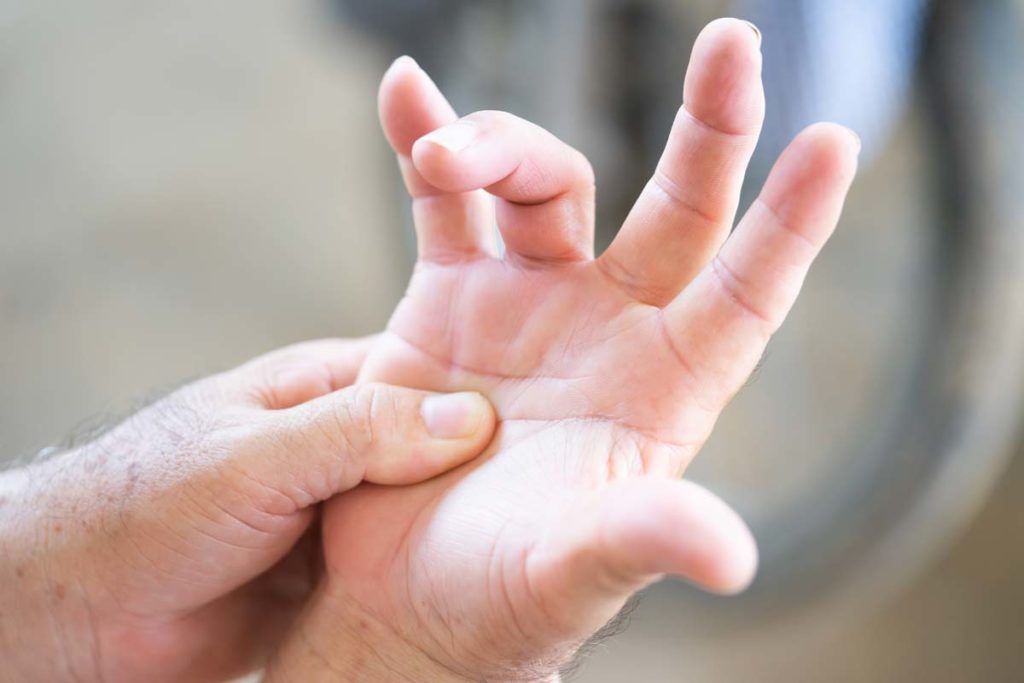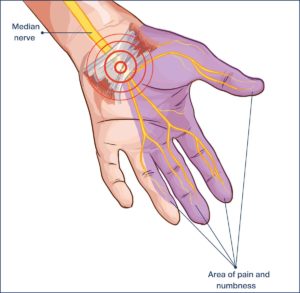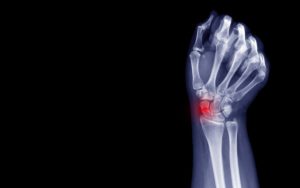
Trigger Fingers
Typical Symptoms
Symptoms of trigger finger are usually pain in the palm followed by “triggering” or flicking of the finger as you try to straighten it with an associated release of the pain. Over time, it can worsen, leading to a progressive reduction in the range of movement.

What causes it?
Although we haven’t identified an exact cause for trigger fingers, we do know that it is due to the flexor tendon (which bends the finger) becoming stuck under the pulley as it moves in the hand. This triggering could be due to increased pressure or gripping by that particular finger causing swelling of the pulley or the tendon.
How can I help myself?
Things to consider are why it may have occurred? If it was due to particular activities, if these are reduced or changed, could it help manage the symptoms? Alternatively you can try using topical anti-inflammatories to help with pain symptoms or try releasing the area manually through firm massage.
When to seek help?
If the symptoms (pain or limited movement) are interfering with your daily, occupation or recreational activities, or there is progression of symptoms, it might be suitable to seek further attention.
What are the treatment options?
Once your clinician has assessed you with a thorough history and clinical examination, they may organise an ultrasound examination to assess the tendon and look for thickening. If suitable, hand therapy with focussed exercises could be initiated but if this does not work, then a ultrasound guided cortisone injection can help.
Sometimes if the symptoms recur, a release can be attempted under ultrasound guidance, but if it is ineffective, then surgical release can be considered.








